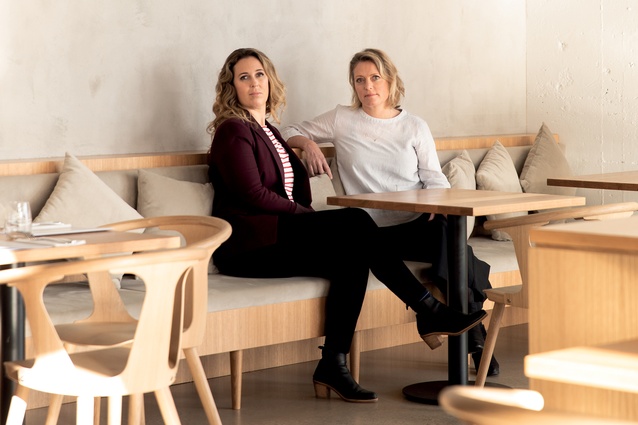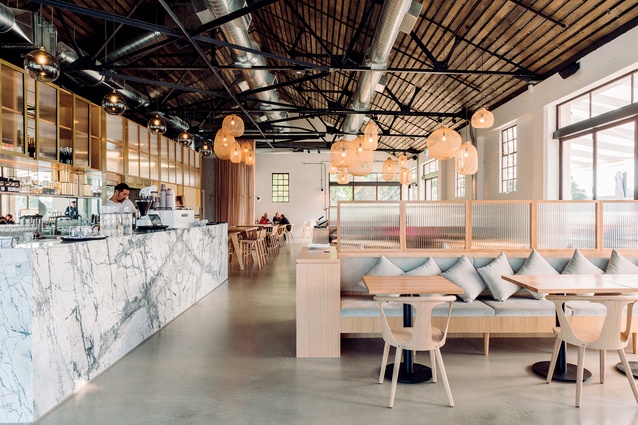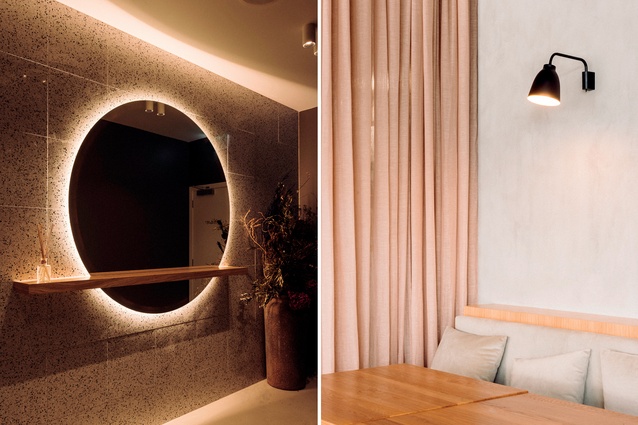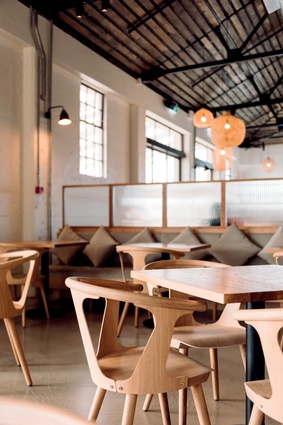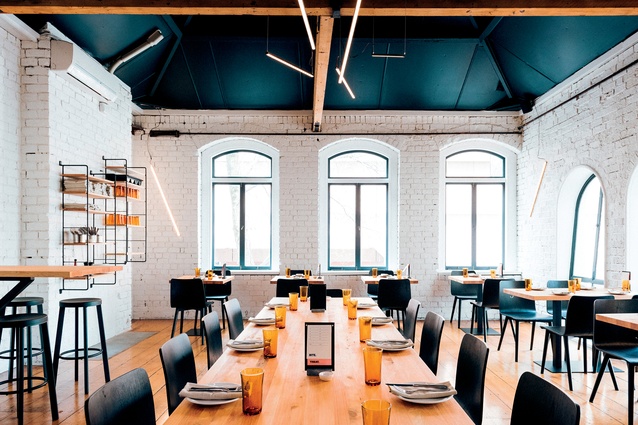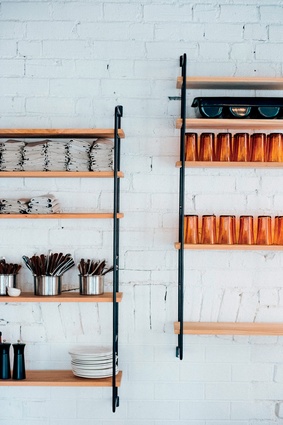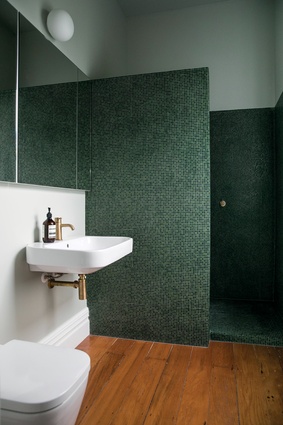Feminine perspectives: part one
Unlike most of the building industry, when it comes to interior design in New Zealand, female practitioners outnumber males by at least four to one. Camille Khouri and Amanda Harkness set out to discover what make the business model unique and to chat to a few of those practitioners.
Why do women dominate in this field? One of the attractions of interior design or interior architecture as a career is its openness and flexibility. This applies to both the kinds of project interior designers take on and the ways in which they work.
“It all starts with interior design education,” says Professor Joanna Merwood-Salisbury of the Faculty of Architecture and Design at Victoria University of Wellington. “Not being bound by the restrictions of professional accreditation, which dictates the kinds of course offered, we can teach interior design ideas and skills from the broadest possible base.”
Merwood-Salisbury says this might include methods borrowed from the fine arts, theatre, fashion, graphic design, museum and exhibition studies, and a range of other interiors-related fields.
“When they graduate, interior designers take that flexible approach with them into their practices. Thinking broadly about what they are doing is naturally aligned to thinking broadly about how they do it,” she explains.
“The possibility of working collaboratively, cooperatively, part time and as consultants or sole practitioners is particularly attractive to women who aren’t necessarily interested in the traditional professional career path. In turn, practising in different ways attracts non-traditional clients. It might involve working with individual families in their homes, with community groups or with teams of other professionals on a project basis.”
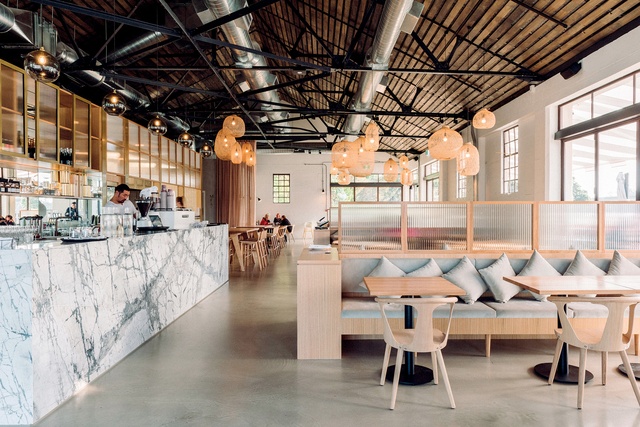
A woman’s view can be refreshing to a client in the midst of an often-male-led building project, suggests Marcie Reddell from Queenstown practice Interior Workroom. “With residential projects, you are often dealing with clients who are a man and woman, and the woman will come at it from a different perspective, which is more about how a design is going to affect the everyday use of a space. Women are, generally, more emotionally attached to spaces, while men will want the wow factor and the impact. That’s where it helps for the female client to have someone to collaborate with.”
Often, the arrival of children brings about a creative and intellectual urge to “stimulate yourself and find something that fits around the family” as Rosa Milne from Interior Workroom puts it. Starting your own business is a way to ensure flexibility and a good work/life balance, and, for many female practitioners, this is the reason they started out on their own.
In the beginning stages of a new business, which may at first be run from home, ‘women in business’ groups such as Rachel Lewis’ WE Network are used by many for networking and support. Lewis says that, often, a person who starts a business as a side project finds themselves in deeper than they expected to be.

“When people are taken out of their corporate lives for a while, they realise they don’t want to go back. People think it will be something on the side but then they take it to the next level and it’s often a bigger journey than they thought it would be.” WE Network members learn from each other and from the platform about outsourcing tasks, such as accounting or drafting, and using technology to create a virtual team.
Donna Jones began interior design mentoring company Design Success after 20 years in the interior design industry. She offers an online programme for people with their own interior design businesses, many of whom are sole traders with young families. All of her current clients and the majority of her past participants are female.
“Many small businesses are bogged down in admin,” she says. “They find they’re not getting out to see clients enough so I teach a module around outsourcing. Also, around having boundaries: you need to set yourself clear boundaries so you don’t become overwhelmed and so other parts of your life don’t suffer.”
While women far outnumber men in the practice of interior design, when it comes to the leading designers working on large commercial or high-end residential projects, men still often come out on top. Take, for example, the recent Elle Décor A-list of the 100 hottest interior designers, of which only a third are female.
“If a male is a good designer, he seems to be good at pushing himself forward to win more commercial projects, like hotels,” says Reddell. “There is still that gap – to entrust a person with a big budget, there is a still a tendency to choose a man. I don’t know whether the designers themselves are more driven to put themselves out there in that way or whether it’s the perceptions people have.”
We sat down with a few female-led, New Zealand interior design firms to discuss beginnings and being a woman in business, and to see whether or not there are any overarching similarities in the ways they work.
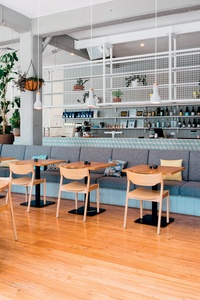
Walker Mitchell
Walker Mitchell is making a name for itself on the vibrant Auckland hospitality scene, with its latest projects, Culprit, Lowbrow and Fabric, drawing a cult following of foodies and fashionistas from Queen Street to as far afield as Hobsonville.
Interior designer Kirsty Mitchell teamed up with architect Rebecca Walker four years ago, after they met in a shared office space and discovered a real synergy in both their work and their work ethic. Their first project together was the beautiful Cali café in Newmarket: a light-filled, all-day eatery that has become an institution on Nuffield Street.
What followed has been a host of restaurants and bars, as well as retail, commercial and residential work, all displaying a love of raw materials and natural textures – concrete, natural stone, timber, steel and glass – layered with human touches and “moments of joy”.
Both Mitchell and Walker design spaces from the inside out. “With hospitality, we often think about where the worst place is to sit and how we could make it special,” says Mitchell. “And we work backwards from that point.” In Fabric, a beautiful oversized mirror in the bathroom lobby is evidence of this approach, lifting what would otherwise have been an unexciting space.
The two work together with Kirsty Addison and, at this stage, are happy to be a small, efficient team of three, with the ability to scale up if necessary. While their practice currently has a 60:40 split between commercial/hospitality and residential architecture, the pair has just started work on an educational project.

“They came to us as a result of our hospitality work,” explains Mitchell, “and wanted a similar approach applied, which shows the value of not specialising. Some skill sets and approaches can be applied to projects in other industries to give them a real difference.”
Most of Walker Mitchell’s work is driven by repeat clients, either through restaurateurs starting new ventures or other clients engaging them in residential projects after successful commercial ones. “We have clients that we thoroughly enjoy working with and would work with again in a heartbeat,” says Mitchell. “With repeat clients, you see eye to eye with them – it’s fun.”
Walker explains that the pair spends a lot of time with their clients and appreciates the importance of clear communication. “We both really care about our work and we want to achieve great results for people,” she says. “It doesn’t matter how big or small the project – it’s satisfying to know you’ve nailed what they wanted and even exceeded their expectations.”
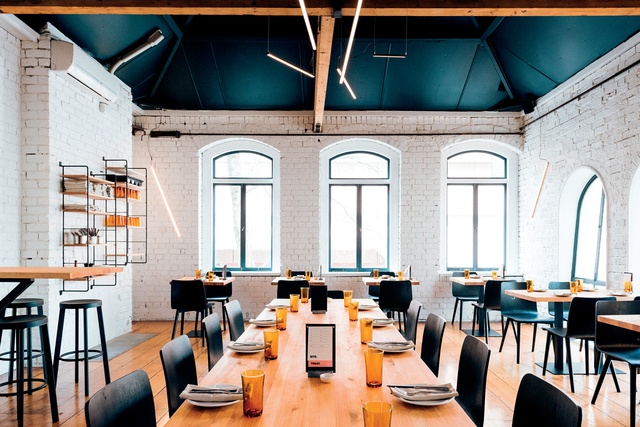
However, rising building costs and an exponential increase in compliance over the past five years can prove challenging at times: “Often, it’s the things that I think really make a project that are stripped out, unfortunately,” says Walker.
In terms of an overall style, Walker and Mitchell do not have a conscious look and feel. “We go for texture and natural materials over following the latest trends but we try not to impose a studio style,” says Mitchell. She adds that their pared-back style and use of honest materials have to have a softening component as well, so that the space feels human and comfortable to be in. “It’s about striking a balance.”
“The success of a project is longevity so, if it’s too trend focused, you lose that,” explains Mitchell. “We’re aware of the trends but we almost consciously try to stay away from what is fashionable. When you’re trying to follow a brief, you’re really looking only at things that relate to that.”
This article first appeared in Interior magazine.


